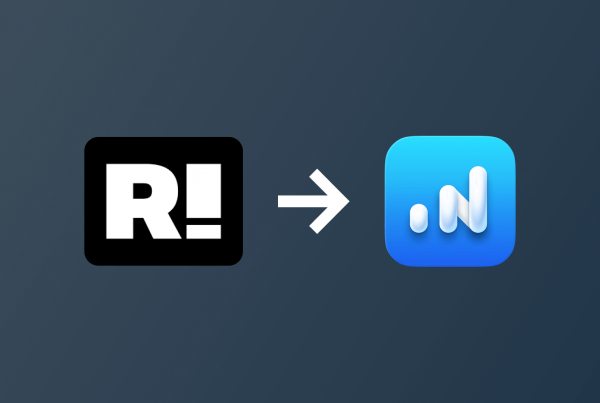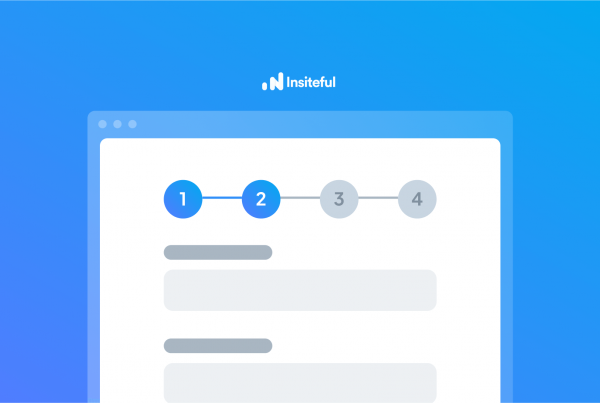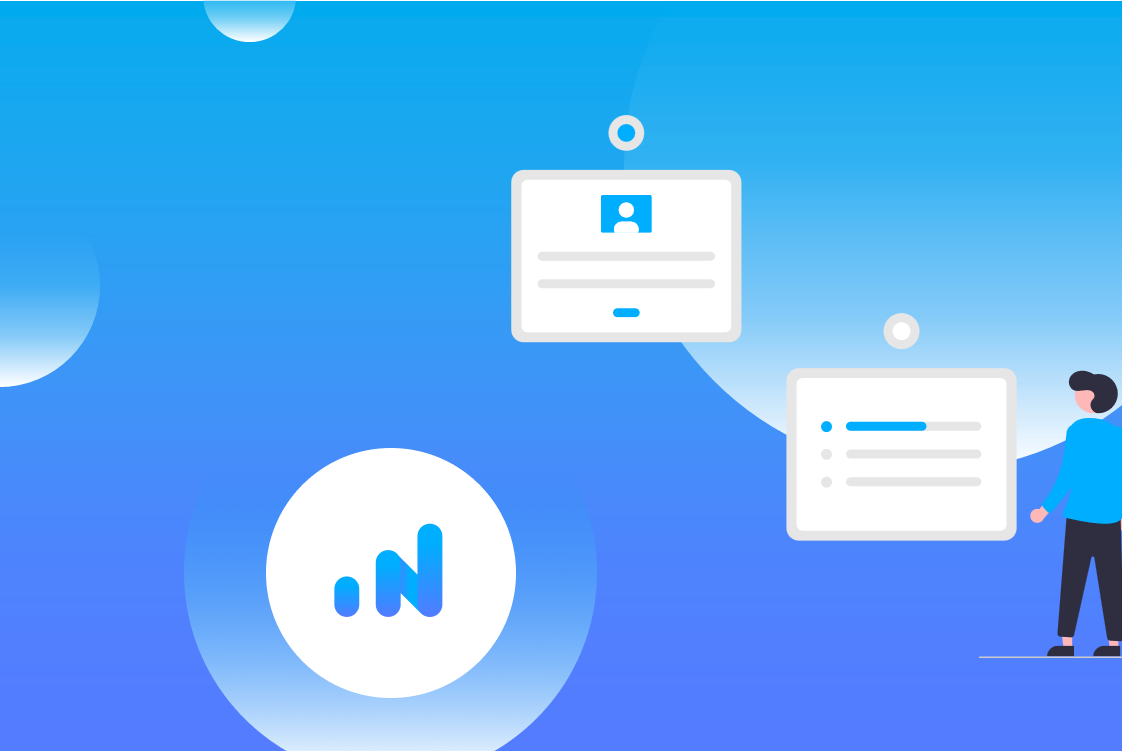So, you set up a new marketing campaign or advertisement and it got great engagement & clicks, but no conversions. Of course, leaving you wondering, “where did all these leads go?” — surely there must be some missed connections among those clicks?
Chances are, your hunches are probably right: studies estimate an average of 3 in 4 potential customers abandon your web forms before completion! With traditional analytics (ie. Google Analytics), you would have no way to knowing when this happens.
Understanding how to increase conversion rates has never been more important for businesses. Missed opportunities translate directly to your company’s bottom-line, which is exactly why we’ve compiled a shortlist of the 4 most impactful CRO tips below:
That said, there are a lot of reasons that people leave your landing page without converting: sometimes it’s just because something else distracted them, and sometimes it’s something about your website experience. Let’s look at how to recover such missed opportunities and convert them into actual paying customers.
1. What you miss with Google Analytics
Google Analytics is the most popular analytics tool on the web, used by millions of websites. Google Analytics is a great tool for measuring engagement, but it often doesn’t tell the full story—
The primary problem with Google Analytics is that it focuses primarily on traffic: how many people hit a given webpage, and where they go from there. Google Analytics largely ignores what happens deeper than the click:
Google Analytics is a staple of the digital marketing world that helps you see where your traffic comes from (e.g. organic search, Facebook or Twitter) and where it goes on your website. While that’s handy information to allocate resources and manage your channel strategy, it doesn’t offer much insight into what these users do within your webpages. Examining these blind spots is the key to discovering where your website is losing potential leads.
“The most consistent complaint against [Google Analytics 3] is that it focuses too much on your success — traffic, clicks, downloads, and conversions — and not enough on your failures, which can be even more revealing.”
– Search Engine Journal
Using additional tools like Insiteful is a great way to quickly uncover meaningful insights from your user behavior: leverage nifty features such as smart alerts for confused & abandoned form fields — and skip the hours watching session replay! Investigating what lies deeper than the will is the key to unveil friction points and the precise cause(s) of leads abandonment.
Key Takeaway: Uncover your blind spots to identify the leaks in your funnel.
2. Seal the leaks in your funnel.
Getting clicks but no conversions? Partial form tracking allows you to capture all the information filled out in your forms, even if the visitor left the page before clicking the submit button.
Partial form tracking is a simple practice which lets you capture 100% of the data filled in by a user in your forms even if they don’t submit it. This enables you to reach out to potential leads & recover missed opportunities, thereby boosting your form conversion rate. Studies estimate up to 3 in 4 potential leads abandon web forms before completion — our Partial Entries add-on can help you recapture these opportunities & sales.
Insiteful has developed the first and only “universal” Partial Entries plugin — meaning that you can capture partial submissions from virtually *any* web form, regardless of which builder or software you used to create it. Our abandoned form technology can save you hundreds of hours by collecting leads in real-time from users who do not complete your forms. Don’t let those potential customers get away: it takes just a couple clicks to automagically recover missed opportunities with our Partial Entries add-on.
Key Takeaway: Capturing user behavior and 100% of potential leads doesn’t have to be complicated.
3. Check for a leaky bucket: identify bottlenecks
Are you running a marketing agency and getting mixed results? If so, you might be suffering from the “leaky bucket syndrome”. In this article we cover 4 specific strategies to identify and fix leaks in your lead funnel; of those, this is perhaps the most powerful practice for automating your conversions and getting the most out of your advertising and marketing efforts:
If you’re not getting any clicks but you’re converting almost everyone who signs up for your newsletters or email list, then you might have a leaky bucket problem.
Key Takeaway: Identify & solve the leaks in your lead funnel
4. Automagically convert returning visitors
A classic example of a lead generation killer is leaving instructions for a customer to return to the page. Why? Because people won’t do that unless they have something very important to say. What usually happens when a visitor is lost is that they will start to fill out the form, then hit back and then never contact you again.
The first step to solve for this is to preclude:
Key Takeaway: Go above & beyond to deliver a “frictionless” experience
* * *
Many digital marketing and B2B strategies revolve around getting customers to sign-up, but many are overlooking a greater opportunity: getting more people to convert from clicks to customers from your existing efforts.




